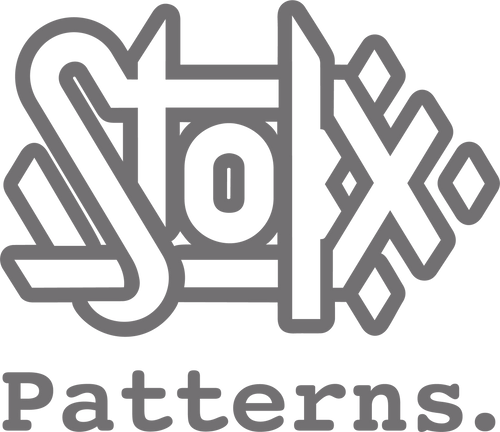Here I will state the obvious! We are all different!
There are many descriptions of different body types;
Apple, Pear, Stringbean, Hourglass, inverted triangle… Tall ..Short.. Fat..small fat… thin.
I will stop now. The list is endless and confirms the statement above.
So… How can there be perfect trousers for everyone?
Answer: There can´t be.
The Squarepants are not about a struggle for perfection and incremental tweaks.
They are about inclusivity
This is a robust pattern. Non-judgemental…It is semi-fitted, a good starting point for taking some measurements and ending up with comfortable pants that have deep pockets and allow for plus/minus X kilos.
The secret to success is measuring!
Here are the most important measurements to take into consideration when choosing your starting size.
Crotch length, hip to waist comparison and the outer leg measurement.
Crotch length: There are 2 types of crotch length.
Here is how you measure the first one; for classic high waisted trousers.
Tie a band around your middle. Measure taking the tape measure from the front waist, between your legs, to the back waist. Compare this measurement to the pattern, including the width of the waist band and consider whether or not you like ease in this measurement.
The second measurement is if you don´t like to wear your trousers on your waist. Use the technique of measuring between your legs from your prefered position at the front to your preferred position at the back. Another method is to measure the crotch length of semi-fitted trousers you own and take this measurement into account.
Here is how the crotch can be shortened or lengthened.



The hip to waist comparison:
These trousers are inclusive.The adjustment detail at the back is very handy.
However..Apples and Pears
Apples: If you have a large waist in comparison to your hips- choose the size closest to your waist measurement and blend into a smaller size for the hips.
If you have a very large difference add extra to the waist at the side seams and don´t forget to alter all of the waistband and pocket pieces!
There is a time honoured tradition for braces (or if you prefer suspenders), for holding up trousers over a round middle.This method keeps the waist level and traditionally they are hidden under a jacket or vest.
Feel free to sew on buttons for braces and display them if it makes you happy.
Pears: If you have a really small waist in comparison to your hips. You might choose your size according to your hip measurement and make the waist a bit smaller by moving the pocket edge slightly closer to the side seam (1 cm ); increasing the back darts; and/or taking in the side seams. Don´t forget to alter the waistband and pocket pieces
If there is a big difference think about adding a curve to the side seam.

The outer leg measurement:
These pants are quite long. If you are less than 190cm tall these pants will be too long.
If you are taller than 190 cm they might need to be longer.
Adjust the pattern before you start.
Whilst you are there; consider whether your knees will be around the same place as the knee darts. The pattern can be shortened or lengthened above and below the knee accordingly.

SquareShorts
The Squarepants can also be made into shorts.
Decide on the length you want and add a hem.
The hem should mirror the shape of the shorts so that it will lay flat.


2 comments
Hi Julianne. I’m about your size and I order the 3-6 size pattern. Since sizing can vary so much between sewing pattern companies, I always choose my size based on measurements rather than my “clothing size.” As an American, I usually sew in inches and I have a harder time visualizing centimeters in lengths above a meter. Thankfully, there are a couple if options. 1) There are a bunch of great Centimeter/Millimeter/Inch converter apps out there. I use CMI Converter by Blue Rock off of Google play. These help you translate your and the patterns measurements into a common language. 2) Many American soft tape measures have CM markings as well as inch. It’s worth having your measurements taken and recorded in both so you can have ultimate sewing flexibility.
Good luck with your sewing journey.
I really want to buy this but don’t do centmeters every day and the sizing has me spinning, can anyone help me figure out a US size 20 conversion? just wondering.